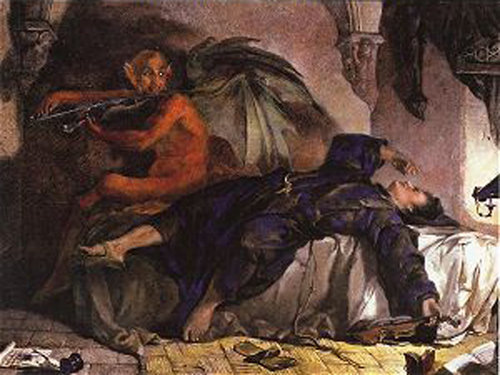On the outside chance that listening to the sonata will help you concentrate on what you’re about to read, here is a performance of the piece selected nearly at random from YouTube that you should start… now.
But enough about Wolfgang. He’s not the topic of this post. Instead of the well-documented (but oft disputed) Mozart Effect, I’d rather discuss the as-yet undocumented (but indisputable) Jonathan Effect. Yep, Mr. Roadrunner himself, Jonathan Richman. Let’s get straight to the point with a definition of the Jonathan Effect:
Ten minutes of listening to Jonathan Richman’s music puts joy in the soul of the most hardened thug, causes lions to lay down with lambs, leads to breakthroughs in Israeli-Palestinian peace talks and creates new constellations in the night sky shaped liked puppies and smiley faces.
Perhaps that is an exaggeration. But the point is, Jonathan’s brand of calypso-rockabilly tunefulness draped over playful lyrics populated by little dinosaurs, dancing lesbians and Paris apologists is the closest audio equivalent to love in the springtime that I’ve yet encountered.
And lest you think that this is simply a fan boy raving about his love for a singularly gifted recording artist (it’s that, too), don’t underestimate the power of this effect. Here’s an experiment: Next time your car/girlfriend is stolen, your job is shipped to Abu Dhabi or your roommate brings home a copy of Lulu, listen to Jonathan (Modern Lovers or post-ML) for 10 minutes. Just 10 minutes. See what happens and report back here, though I suspect I already know the answer…






